Jerome Robbins’ West Side Story is Romeo and Juliet with an American twist
IT was the career he turned to after the dwindling economy of the Great Depression pushed Jerome Robbins out of school; it was also his one true love. Robbins wore many hats but it was his love for dance that underpinned everything.
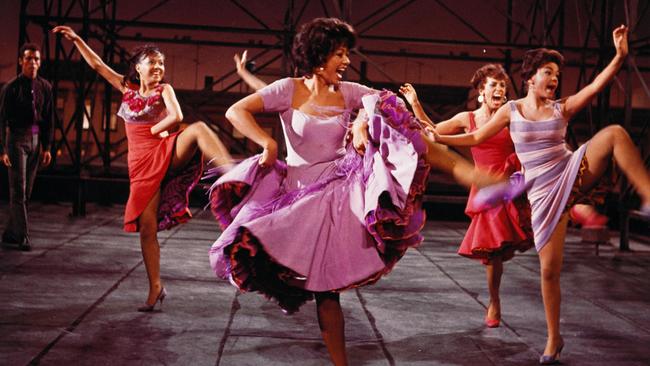
Today in History
Don't miss out on the headlines from Today in History. Followed categories will be added to My News.
IT was the career he turned to after the dwindling economy of the Great Depression pushed Jerome Robbins out of school; it was also his one true love. Robbins wore many hats — choreographer, director, theatre producer — but it was his love for dance that underpinned every one of them.
“Dance is about relationships,” he famously said.
The master choreographer behind West Side Story, Fiddler On The Roof, Funny Girl and more began his career in 1940 at the Ballet Theatre (later became the American Ballet Theatre) where he landed after financial problems with his father’s business forced him to leave school.
But what stemmed from bad luck grew into a resounding career, and one that was rooted proudly in being American. Born Jerome Wilson Rabinowitz in Manhattan, New York, on October 11, 1918, he was the son of working-class Russian-Jewish immigrants Harry and Lena Rabinowitz. Known as “Jerry” to those close to him, his middle name reflected his parents’ patriotic enthusiasm for the then-US president Woodrow Wilson.
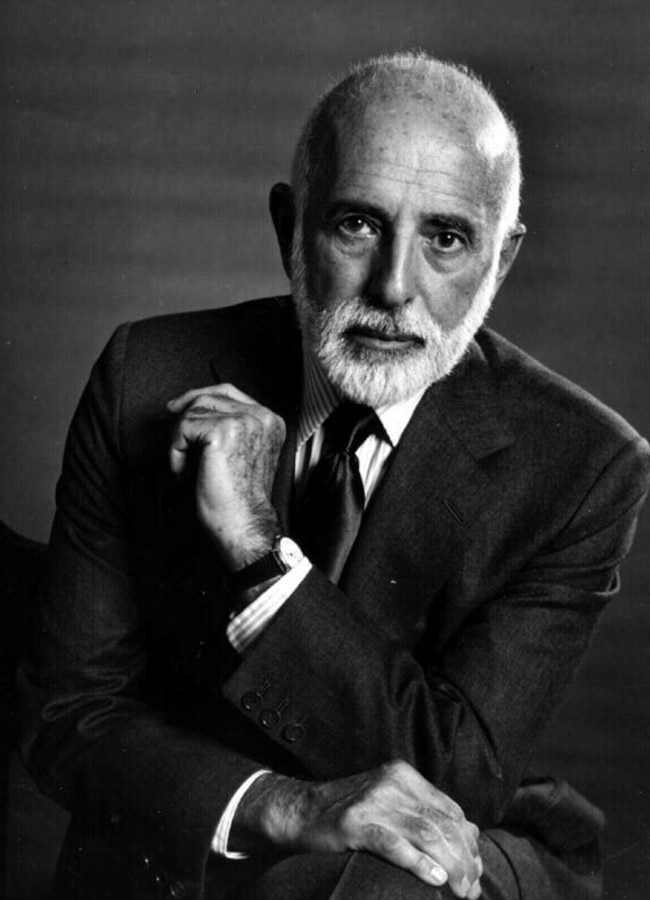
In the early 1920s, the family moved to Weehawken, New Jersey, where his father and uncle opened the Comfort Corset Company. The family had many show business connections, including vaudeville performers and theatre owners.
Robbins began studying modern dance in high school with Alys (CK) Bentley, who encouraged her pupils to improvise steps to music.
After graduation he headed to New York University to study chemistry but dropped out after a year for financial reasons. Instead, he sought out an apprenticeship in puppeteering. When that didn’t work out, he pursued dance full-time. He joined the company of Senya Gluck-Sandor, a leading exponent of expressionistic modern dance. Sandor also encouraged him to take ballet, in addition to Spanish and Asian dance, and dance composition.
Then in 1940 he was accepted into the corps of the Ballet Theatre and quickly advanced to solo roles. “Why can’t we dance about American subjects,” Robbins had asked in those early days. It was this patriotism, coupled with his masterful ability to blend comedy, storytelling, dance and music, that resulted in his career’s biggest hit — West Side Story.
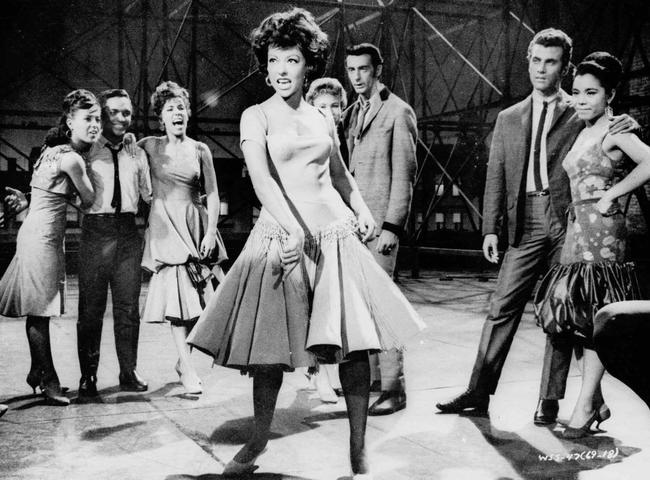
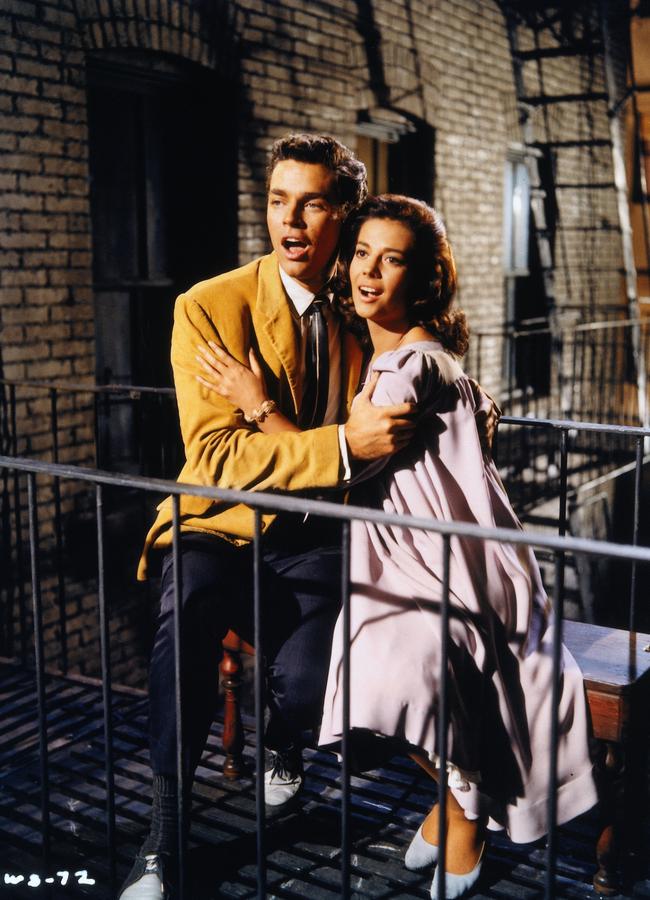
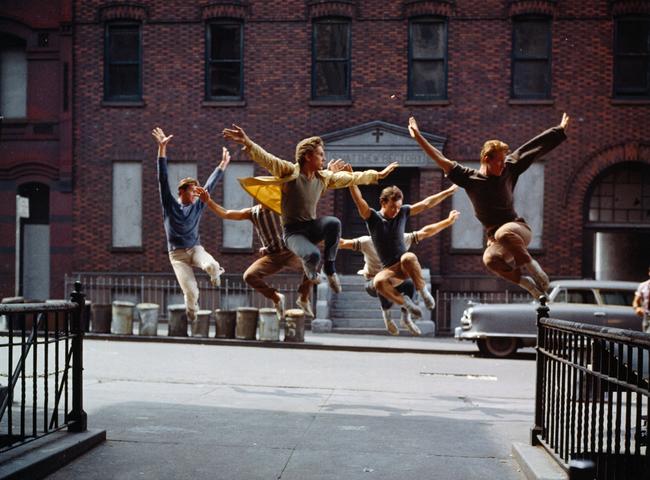
While Robbins continued to work in ballet, he was also conceiving and choreographing several Broadway shows. In 1949 he left the Ballet Theatre to join the newly formed New York City Ballet where he distinguished himself as a dancer and choreographer.
Still, he continued to work on Broadway. In 1954, he collaborated on The Pajama Game (1954), which launched the career of Shirley MacLaine, and co-choreographed and directed Bells Are Ringing (1956). He also recreated his stage dances for the 1956 film version of The King And I.
Then in 1957, Robbins produced, wrote, directed and choreographed the romantic-tragedy musical West Side Story. Although inspired by Shakespeare’s Romeo and Juliet, to West Side Story he added an American twist. The story of the rivalry between two rival street gangs from different ethnic backgrounds was a resounding success. American writer and Broadway theatre critic Walter Kerr responded to Robbin’s electric style that had shaken up the confines of traditional Broadway.
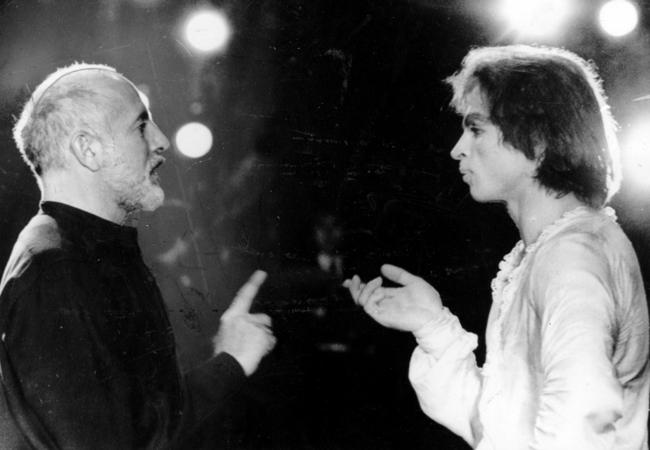
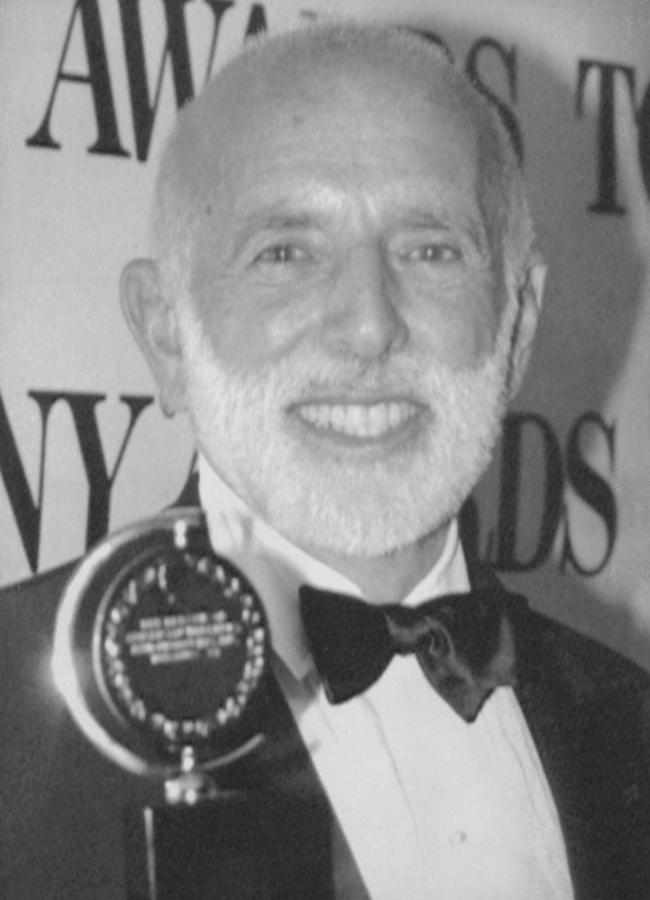
“Director, choreographer, and ideas man Jerome Robbins has put together, and then blasted apart, the most savage, restless, electrifying dance patterns we’ve been exposed to in a dozen seasons,” Kerr wrote in the New York Herald Tribune on September 27, 1957.
The ideas man was unstoppable.
Robbins co-directed the film adaptation of West Side Story, winning two Academy Awards. Success continued with Gypsy in 1959 which he choreographed and directed, followed by the record-breaking Fiddler On The Roof in 1962.
However, while Robbins was successful, those closest to him knew of the guilt “Jerry” carried.
In the early 1950s, he was suspected of harbouring communist sympathies, and was called to testify to the US House Committee on Un-American Activities. Though willing to confess to past party membership, he resisted naming others with similar connections. But on May 5, 1953, he gave in — out of fear of being exposed as a gay man.
In her book Jerome Robbins: His Life, His Theatre, His Dance, Deborah Jowitt revealed Robbins’ greatest fear, writing: “It was my homosexuality I was afraid would be exposed.”
But through it all, Robbins continued to dance, choreograph and direct.
While he had several partners, including dancer Buzz Miller, ballerina Nora Kaye and actor Montgomery Clift, Robbins never married or had children. He died of a stroke on July 29, 1998. On the night of his death, the lights of Broadway were dimmed in tribute.
